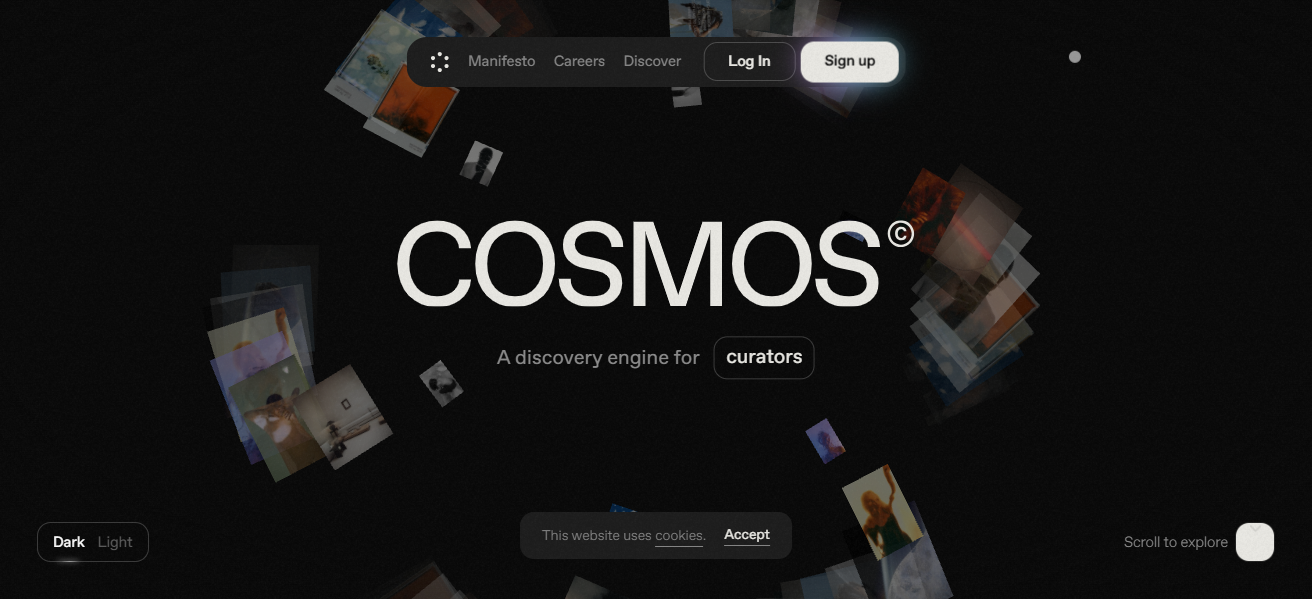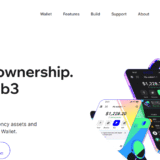In this post, I will explain how to perform token transfers across blockchains using the Cosmos IBC bridging feature.
IBC, or Inter-Blockchain Communication, enables efficient and safe cross-chain operations. If you are familiar with Keplr wallets, or even Osmosis, this guide equips you with the necessary knowledge to perform IBC transfers without worries.
What Is Cosmos IBC Bridging?
Cosmos IBC bridging facilitates the movement of tokens and information across multiple blockchains in the Cosmos ecosystem.
IBC or Inter-Blockchain Communication allows blockchains (or zones) to exchange information and interact safely without going through a central third-party service. This bridging approach is a critical milestone toward achieving complete interoperability between blockchains.
Through IBC, users are able to transfer assets such as ATOM, OSMO and others on chains like Cosmos Hub, Osmosis, Juno, etc. It has a relayer based mechanism for data transmission and provides security and decentralization in communication, thus leading other ecosystems in cross-chain support.
How To Use Cosmos Ibc Bridging
Certainly! I will now provide an example of using the IBC bridging feature on the Osmosis platform which is among the leading applications in the Cosmos ecosystem:
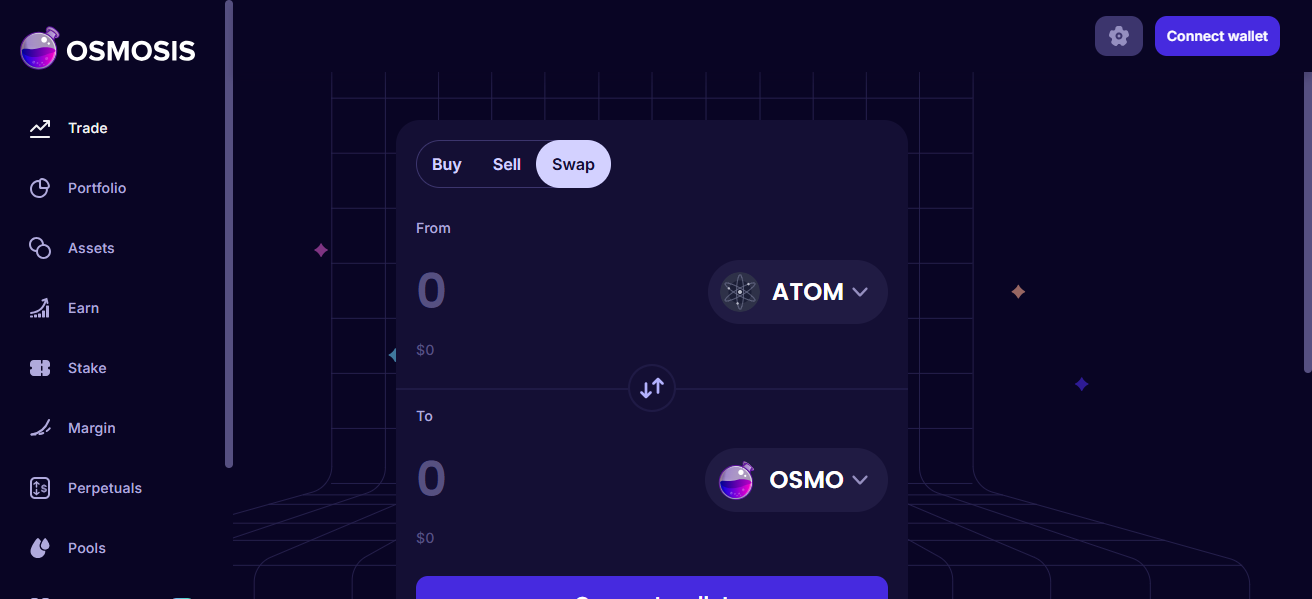
Step 1: Download and Setup Keplr Wallet
- Get the Keplr wallet extension for your browser.
- Either create a new wallet or import an existing one.
- Fund your wallet with any supported tokens, for example, ATOM.
Step 2: Go to Osmosis Zone
- Make sure that your Keplr wallet is connected to the Osmosis platform.
- Ensure you’re connected to both Cosmos Hub and Osmosis chains.
Step 3: Use IBC Transfer Tool
- Go to the “Assets” section on Osmosis.
- Click on ATOM and choose Deposit.
- The IBC transfer window will open.
Step 4: Start Transfer Process
- Confirm the source as Cosmos Hub and destination as Osmosis.
- Specify how much ATOM you wish to transfer.
- Confirm the transaction on Keplr.
Step 5: Confirm the Transfer
- Wait for a few second for the transaction to complete
- Your ATOM will show up in Osmosis, ready for swapping, staking, or LP.
Common Platforms for Cosmos IBC Transfers
Leap Wallet
Leap Wallet improves upon Keplr by introducing new features while keeping the ease of use and interface intact. In terms of user experience, the wallet leap is sharper looking and better functioning.
It interface works in both mobile and desktop devices and supports quick access to multiple chains in the cosmos environment. Leap makes the bridging process easier by automatically suggesting which chains can be bridged and how to transfer them.
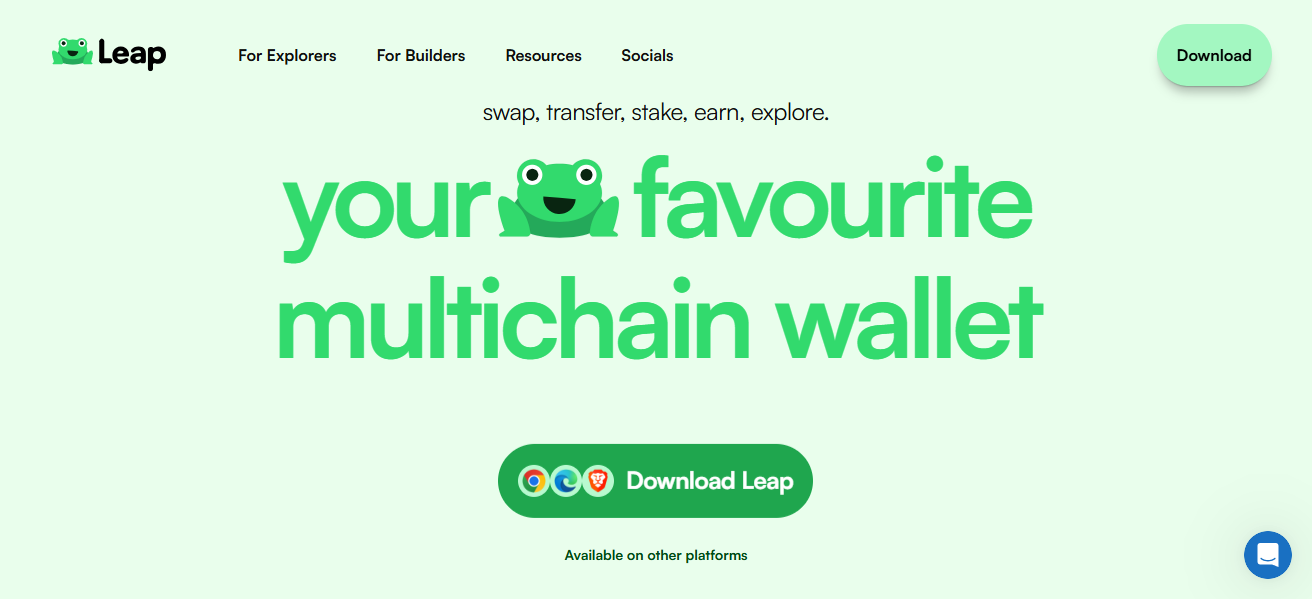
Aside from IBC bridging, Leap also enable staking, governance, NFTs, and interactions with dApps. It enables mobile users to conveniently and safely manage cross-chain transfer on their way.
Cosmostation Wallet
Cosmostation is a consolidated wallet and blockchain interface tailored for the cosmos networks. It has the capability of conducting IBC transfers through its wallet application and dashboard, enabling users to securely bridge tokens between chains. It provides access to IBC enabled validators, permitting interactions, staking, and governance.
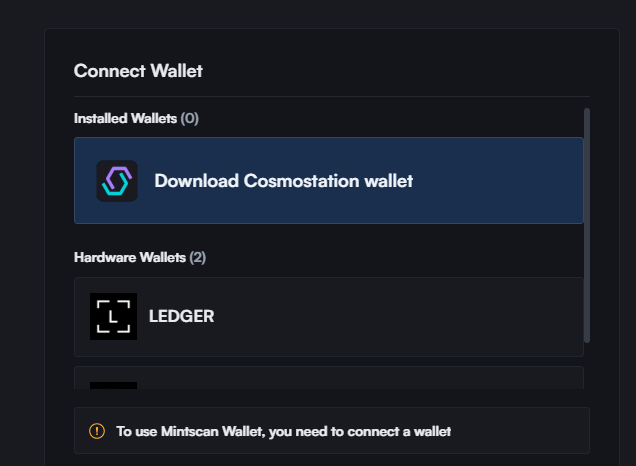
With cosmostation, the users are guaranteed safey with ibc bridging within other cosmos chains. It is especially valuable to advanced users who want detailed transaction and performance analytics as well as seamless transfers from the zones in the ecosystem, where cosmostation is well known for.
Emeris
Emeris aims to integrate the Cosmos ecosystem with its cross-chain DeFi dashboard developed by Tendermint. It has a user-friendly interface that enables users to manage their assets and perform IBC transfers on multiple Cosmos chains from one place.
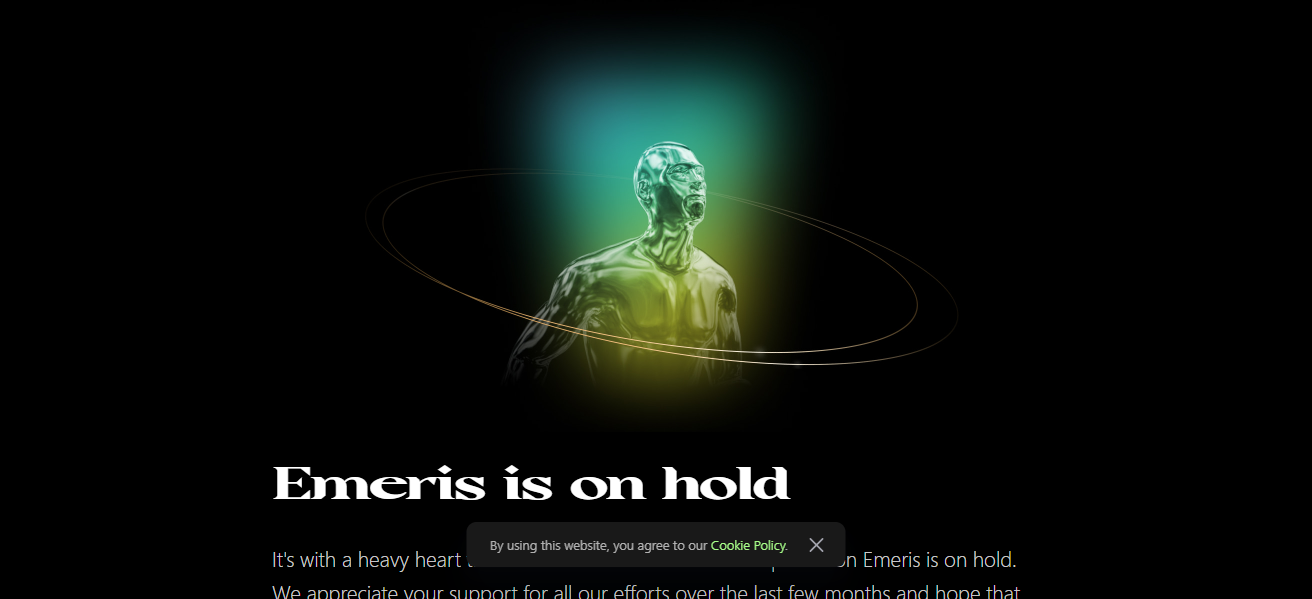
Emeris allows users to link their Keplr wallets, enabling seamless transfers with minimal platform switching. Emeris is perfect for users needing an integrated platform that provides wallet services, token dubbel, stake-and-fetch, IBC bridge services, and access to balance feeds and updates across networks in real-time.
Is Cosmos IBC safe?
Yes, Cosmos IBC is mostly secure when interacting with Osmosis, Leap, or Keplr wallets. Blockchains are linked through a decentralized light client and relayer system that guarantees secure communication and asset transfer between them.
Regardless of security level, users tend to forget basic operational safes like checking supported chains or wallet phishing. While the protocol is safe, human naivety or malicious tools can be dangerous, so ensure all sent tools are official and verify in Mintscan or similar explorers.
Troubleshooting and Tips
Check Explorer – Confirm the state of transactions with Mintscan and look for some delays with IBC transfer relayers.
Double-Check Addresses – Tokens can be lost when sending to a wallet address due to human errors in copying.
Use Supported Wallets – Trusted wallets like Keplr and Leap are recommended as they guarantee IBC transfers will be successful.
Watch Gas Fees – Confirm that you hold sufficient native tokens to clear network fees prior to starting an IBC transaction.
Wait Before Repeating – Check the status of a delayed transfer instead of retrying; otherwise, it might lead to confounding double-spend.
Avoid Maintenance Windows – Transfers can fail when chains or relayers are still undergoing maintenance, so always check the status beforehand.
Update Wallet App – Ensure smooth functionality by having up-to-date wallet and browser extensions, as well as compatibility with new IBC features.
Use Official Sites Only – Staze off fake and phishing sites; always use verified links and bookmarks to access wallets or DApps.
Future of Cosmos IBC
IBC Expansion – IBC is going to enhance its support for more cosomos chains and new ecosystems.
IBC to Ethereum – IBC is currently being bridged to Ethereum and other EVM chains with Gravity and Axelar bridges.
Interchain Accounts – From one chain, users would manage multiple blockchain accounts, wielding potent power in cross-chain DeFi and app interactions.
Mesh Security – Sharing safety for all Cosmos chains and maintaining decentralization, cross-chain compatibility, and interoperability is set to improve.
Automated Relayers – Enhanced IBC transactions are anticipated due to advancements in automated relayers and improvements towards decentralized transaction relayers.
Unified Wallet UX – Users will now enjoy IBC integrated into wallets allowing smooth transfer and execution for cross-chain actions.
Increased Adoption – IBC becomes the standard cross-webchain communication adopted by users and projects actively participating in web 3 ecosystems.
Cross-Chain DeFi Growth – Complex operations facilitated by IBC will enable performing lending on one chain and collateralizing on another.
Conclusion
To conclude, the Cosmos IBC bridging system makes it easy and safe to move tokens across different blockchains. Users can participate in the expanding Cosmos ecosystem using trusted wallets and services such as Keplr and Osmosis.
As support increases and with future enhancements such as interchain accounts, IBC is transforming cross-chain communications—and empowering users to effortlessly exploit blockchain interoperability like never before.

